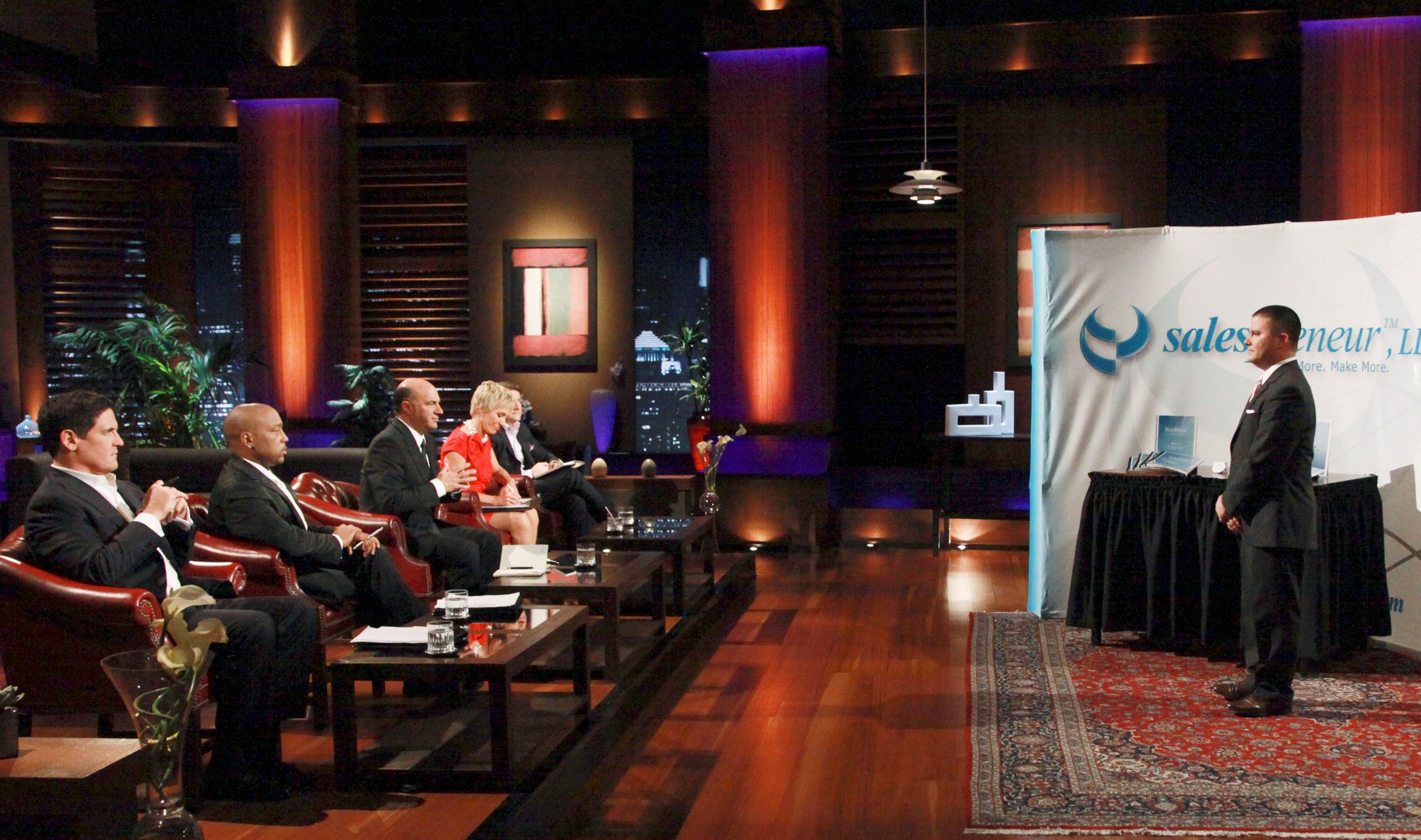On Friday nights across the nation, Americans sit down to indulge in their weekly fix of reality TV’s most successful show, “Shark Tank.”
Adapted from the international investment-pitching show “Dragon’s Den,” “Shark Tank” first splashed onto the screen in August 2009 and has gained immense traction since then—airing to an average of over 7 million citizen screens each night. With such a large following and celebrity sharks like Ashton Kutcher joining the tank in the seventh season, it’s evident that the hit reality show has something unequivocally alluring in its construction.
The most obvious component of the show’s draw is the Sharks themselves.
Composed of investors from diverse fields such as real estate and the toy industry, each of the Sharks offers an idiosyncratic business perspective.
In their discussions with business owners who are trying to understand the beguiling world of logistics, the show reveals the Sharks’ business acumen.
By now most viewers are familiar with the names, accomplishments and business style of each Shark, but the more you understand the catalysts behind the show’s drama, the more captivating it becomes. So, focusing on the attributes that define them the most, here’s a breakdown of each Shark on “Shark Tank.”
Barbara Corcoran
At the center of Corcoran’s TV-edited persona is her story of waiting tables in New York before turning a $5,000 loan into a real estate empire.
Now a multi-millionaire and one of the shows most charismatic investors, she often emphasizes the potential of an entrepreneur over their business model. One of only two female Sharks to have appeared on “Shark Tank,” Barbara has starred in the show since the very first season, playing a central role in dismantling the prospects of many an entrepreneur.
In other occasions, Corcoran has proven to be much more amicable. Although never pliant in her strict belief in the hustling mentality, one of Corcoran’s most successful investments, Daisy Cakes, saw her investing in a business run by a mother and her grandmother. Homemade cakes baked and delivered regionally at first, after the advertising boon of appearing on “Shark Tank,” Daisy Cake has catapulted across the nation and become one of Barbara’s most successful investments.
Although her shrewd eye for an entrepreneurial spirit can be of immense importance in the Tank, her personal tastes and narrow preferences lead her to drop out of early pitches without further consideration. But when Corcoran does make an investment, her love of the product and entrepreneurial mindset combine to help propel their small business into national success.
Mark Cuban
The richest Shark on the show and the only billionaire, Cuban, in contrast to Corcoran, has a tendency to invest in as many businesses as possible.
Although he is most famously the owner of the Dallas Mavericks and an early floater on the internet boom, Cuban also showcases a wide interest in several other fields of investing.
While his wealth might allow him to invest in every single pitch shown on “Shark Tank,” Cuban also demonstrates a strict demand for originality that often sinks the ship of many aspiring entrepreneurs trying to secure start-up money. With what he calls his “bull-shit meter,” Cuban discombobulates businesses trying to sell scientifically dubious products.
Kevin O’Leary
If “Shark Tank” were to pick one representative it would be Kevin O’Leary, also known as Mr. Wonderful, a moniker bestowed upon him by Corcoran.
Sitting front and center, Mr. Wonderful has the sharpest eyes for a business model’s inherent flaws, and often points out when a business might just be a hobby instead of an investible project.
With catchphrases like “You’re Dead to Me” and “It’s All About the Money,” O’Leary exemplifies the cutthroat, merciless nature of international business. Known for being unerringly greedy, O’Leary is brutal in his approach to investment, dropping unviable pitches as soon as their numbers or model prove them unworthy of his precious money.
Though rare, O’Leary does have a soft spot for some personal investors. His investing strategy often rests in the reduction of a pitch’s valuation (their money asked for and the equity offered) and an inclusion of royalty deals that allow him to take a percentage profit from a starting company’s products. O’Leary rarely spares his sentiments for the downtrodden, but surprisingly he can also be reasonably humane, and, as they say in the Tank, that’s why they call him Mr. Wonderful.
Lori Greneir and Robert Herjavec
On the opposite end of the sentimentality spectrum, these Sharks are known for being the “nice” Sharks.
Much more open to the personal predicaments and stories of struggling small business owners, these two sit on the right end of the Tank to the left of Mr. Wonderful.
Greneir specializes in product placement and has built her fortune and reputation as the “Queen of QVC” (a telemarketing channel), while Herjavec, an immigrant to America, has built one of the world’s largest privately-owned security firms.
Greneir has an eye for whether a product will be a success or not, and Herjavec consistently invests in “fun” products and is often amenable to working together with other Sharks to create a joint deal. Together they balance out the unrelenting atmosphere of greed that often dominates the Tank, making the show more personable for viewers at home.
Daymond John
Fashion mogul and creator of the international renowned brand Fubu, Daymond John brings with him the patient investing attitude that has led him to success.
Known for investing in fashion-oriented businesses or start-ups in need of branding, John has the business acumen to successfully launch a small business’s marketing campaign. In the same way Daymond turned a personal hobby into a globally recognized brand, he boasts the ability to expand a product’s popularity while remaining true to the initial concept.
Together the Sharks of “Shark Tank” have become more than just investors in interesting ideas, they’ve become the gatekeepers of the American dream: If an invention is going to work, it has to go through the Sharks first.











